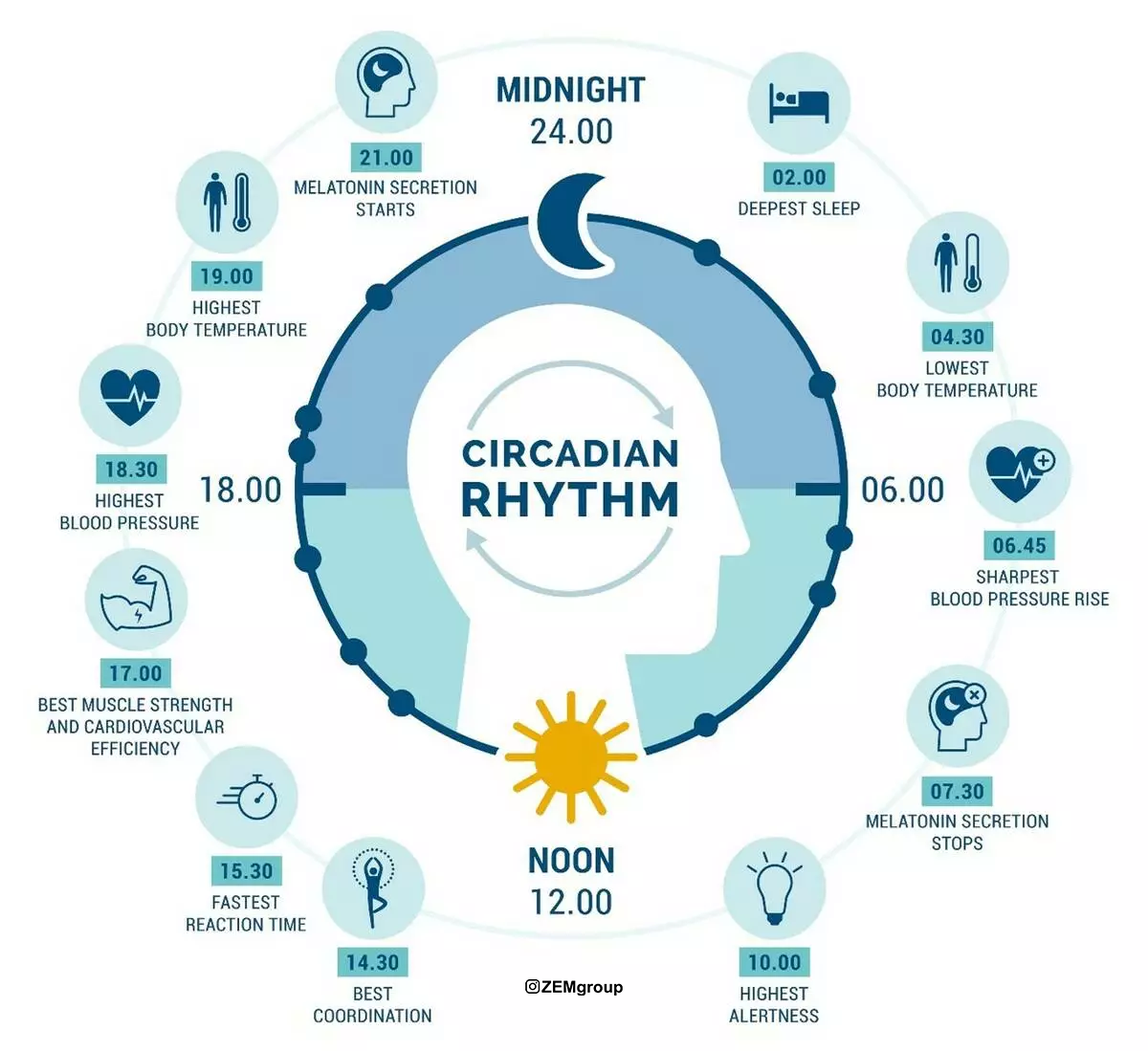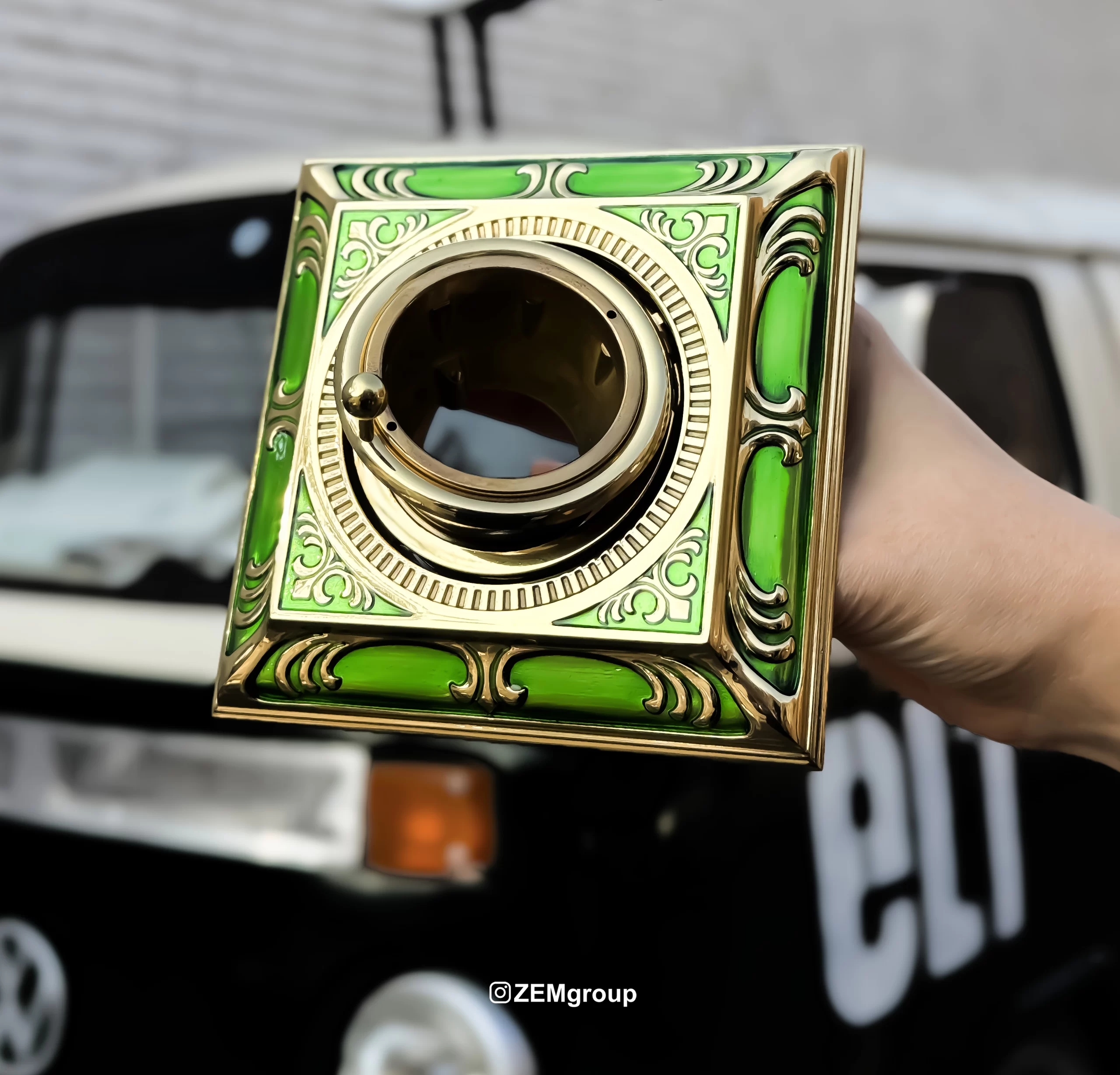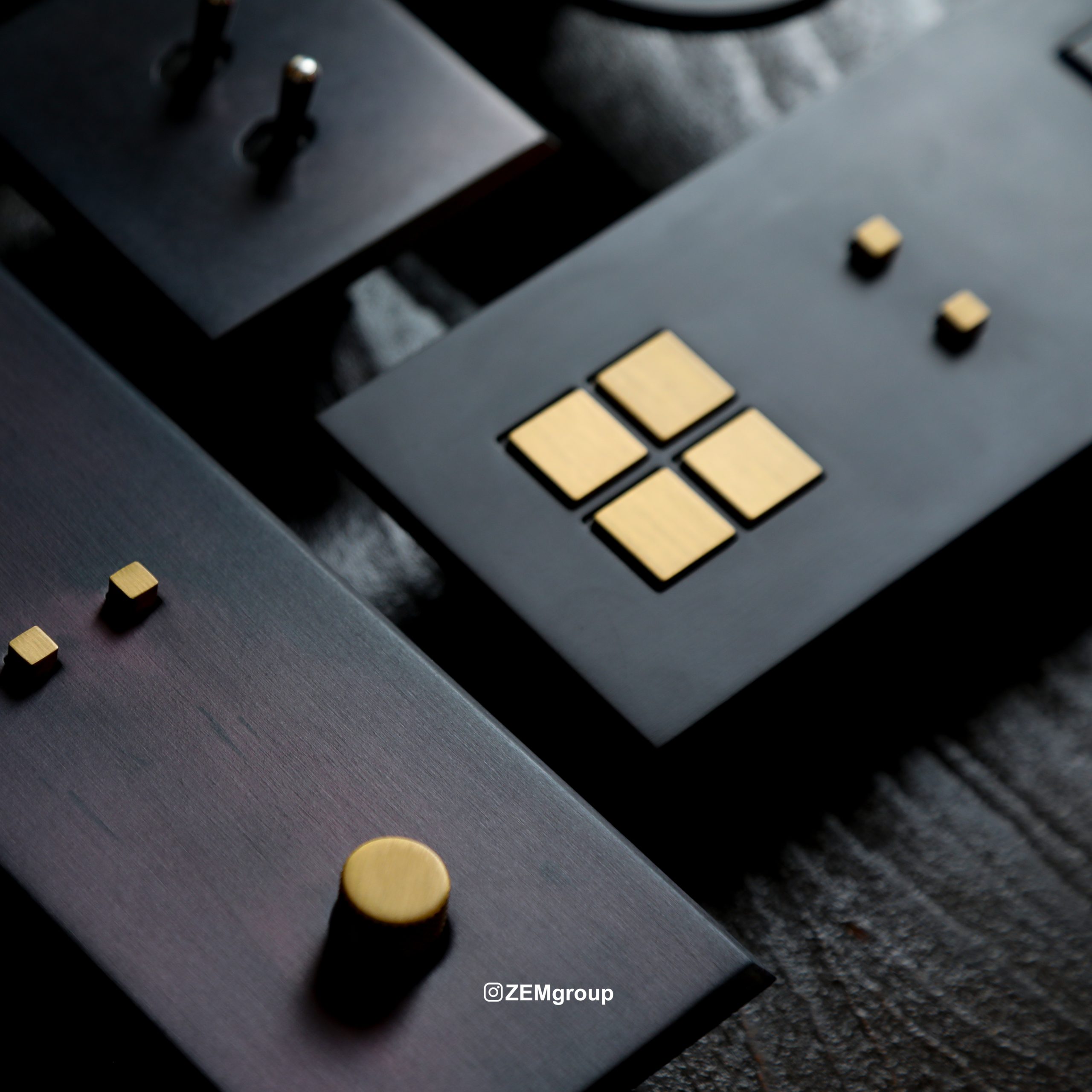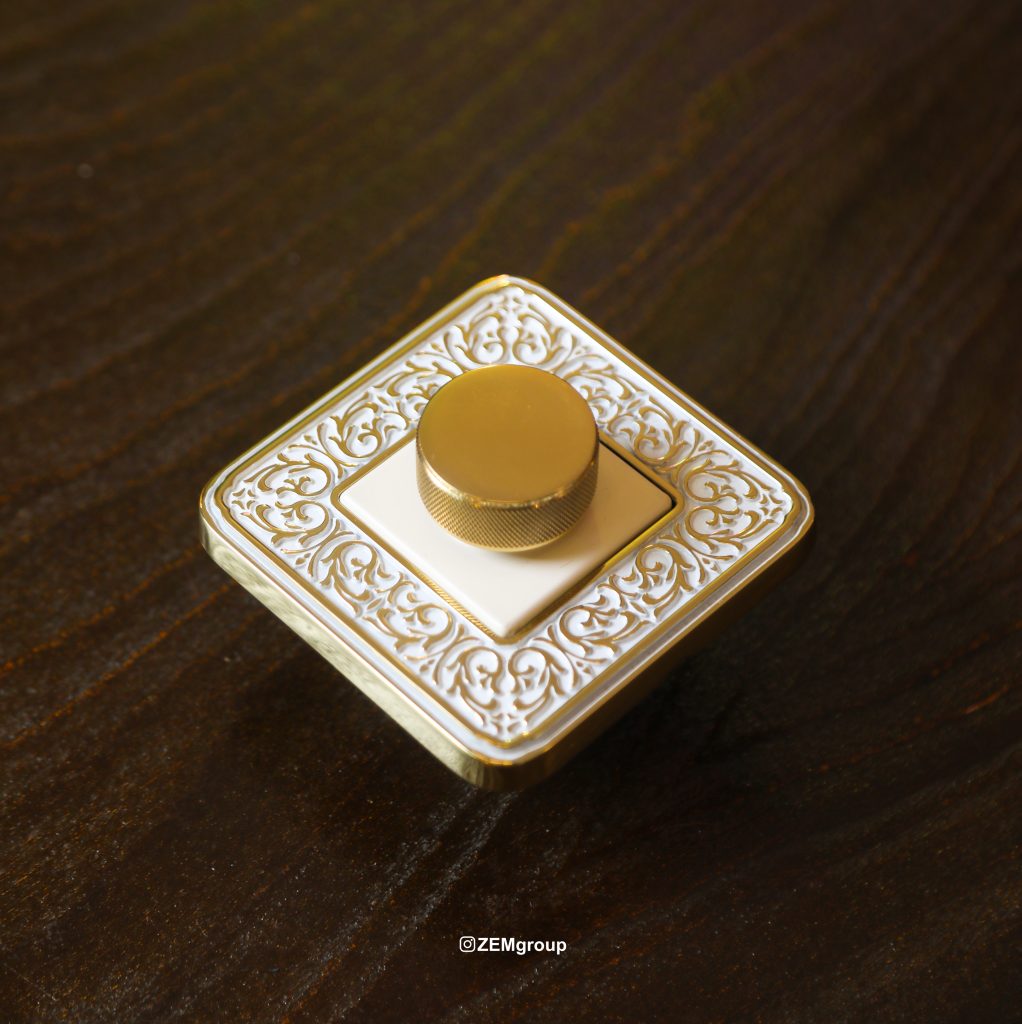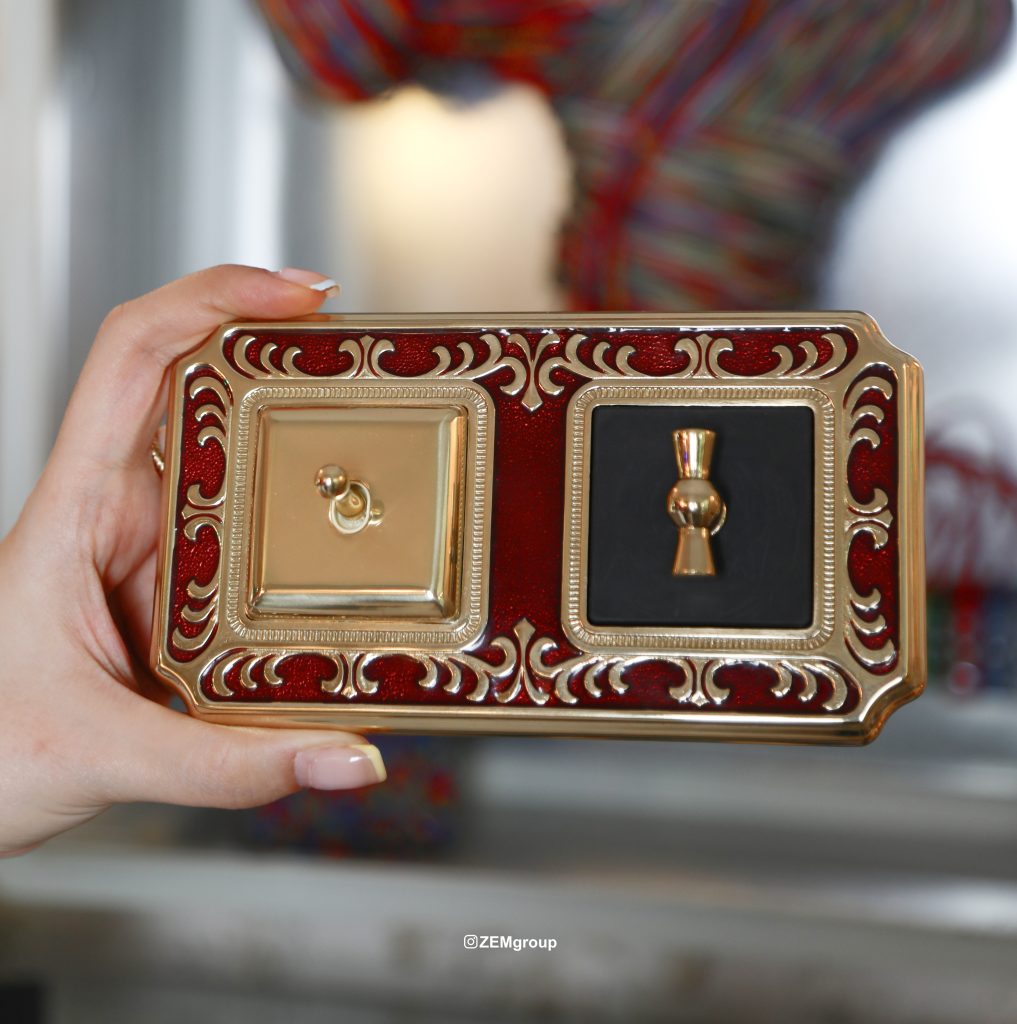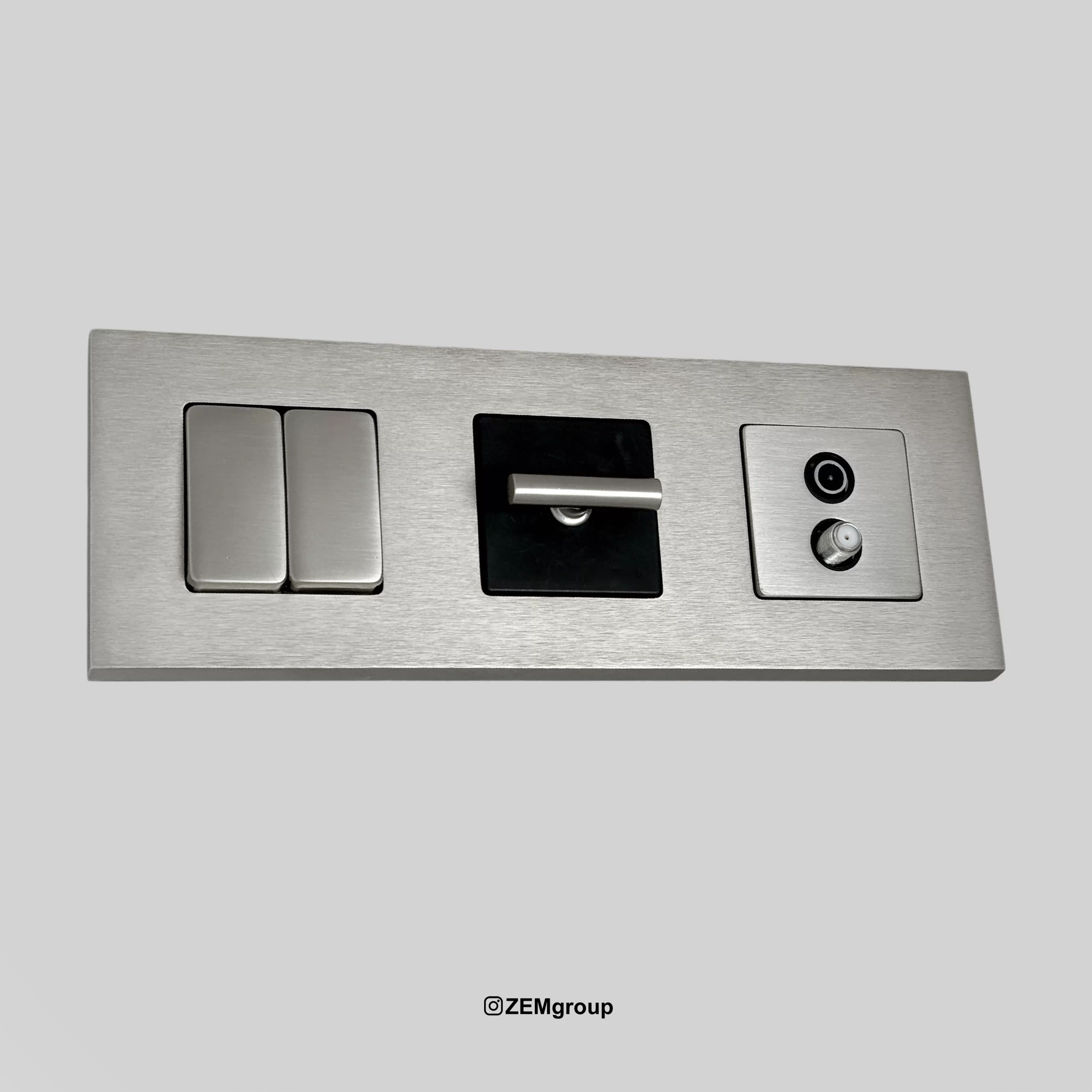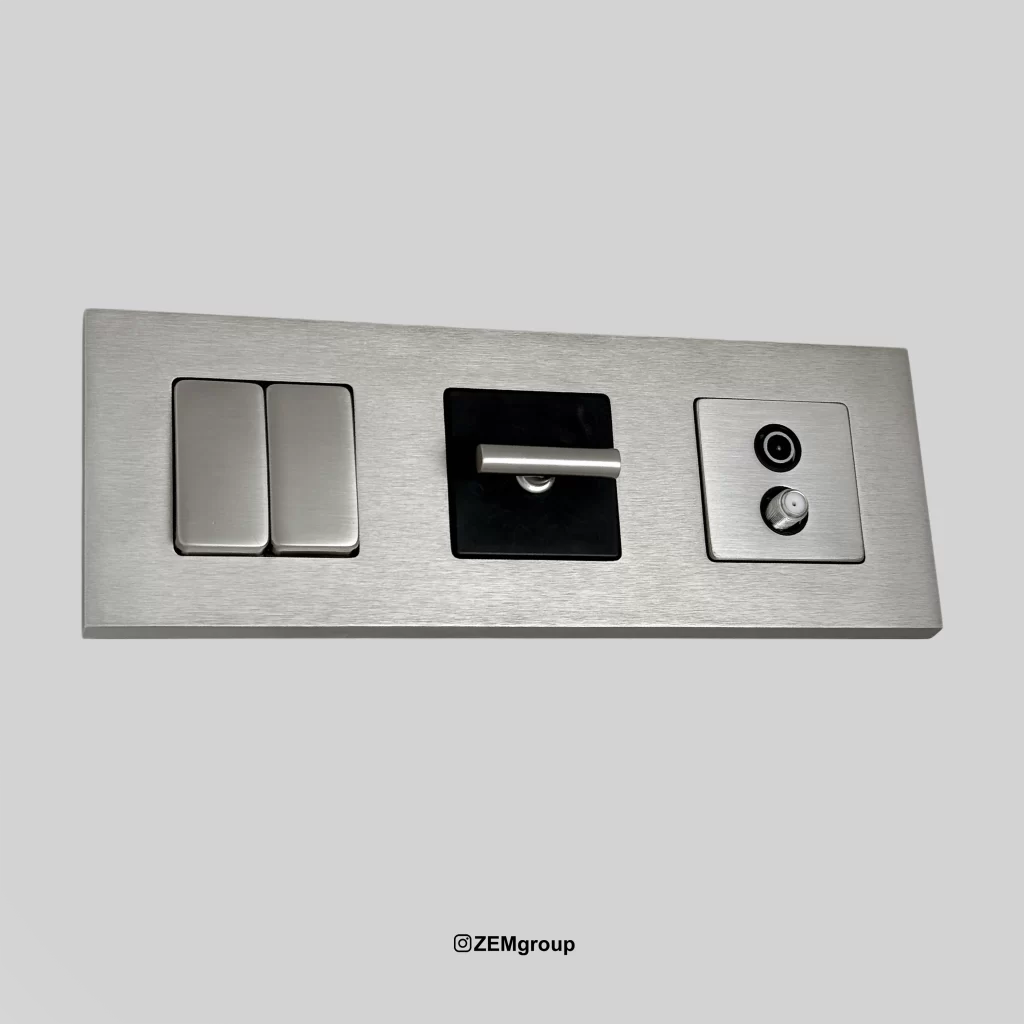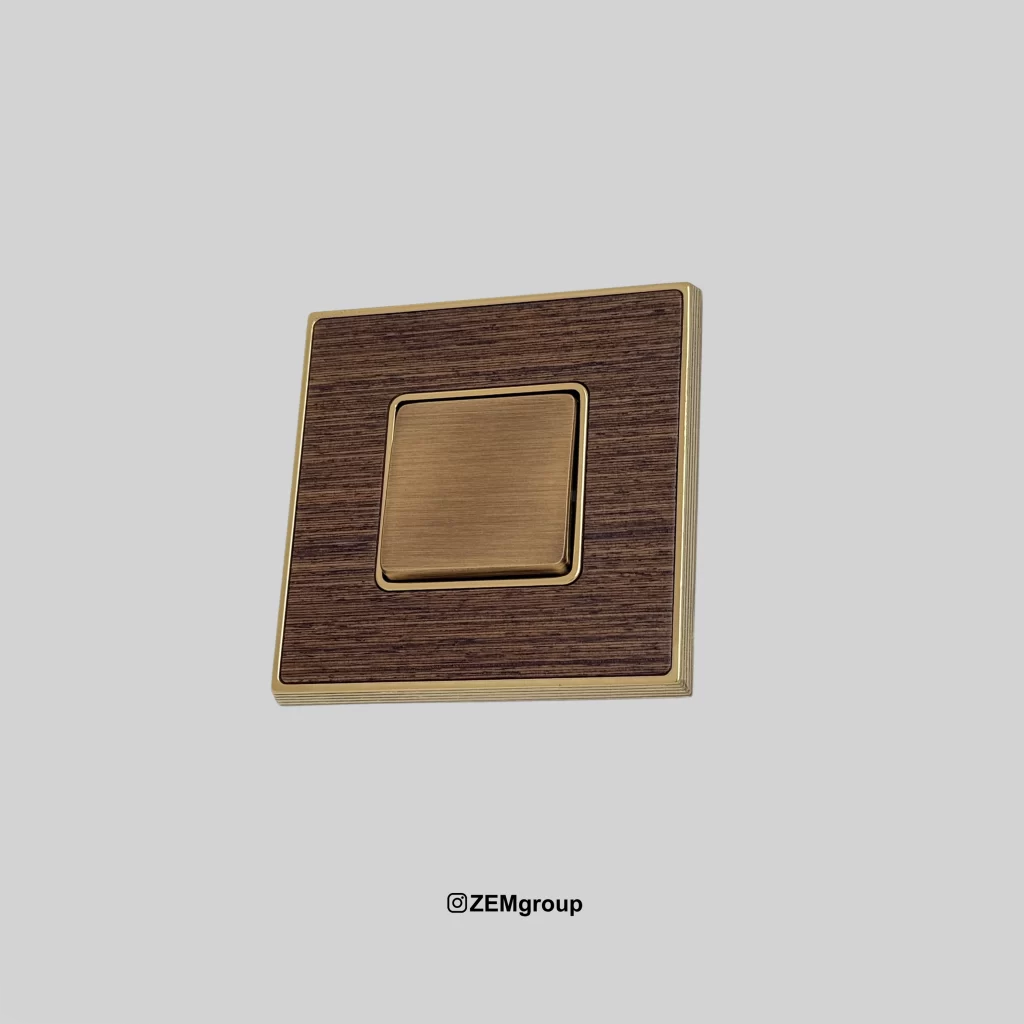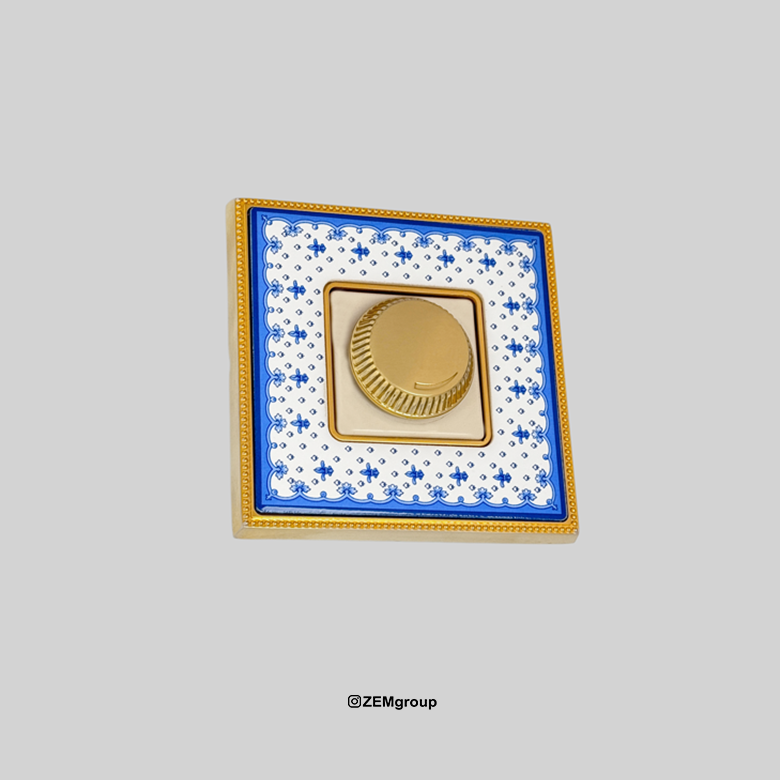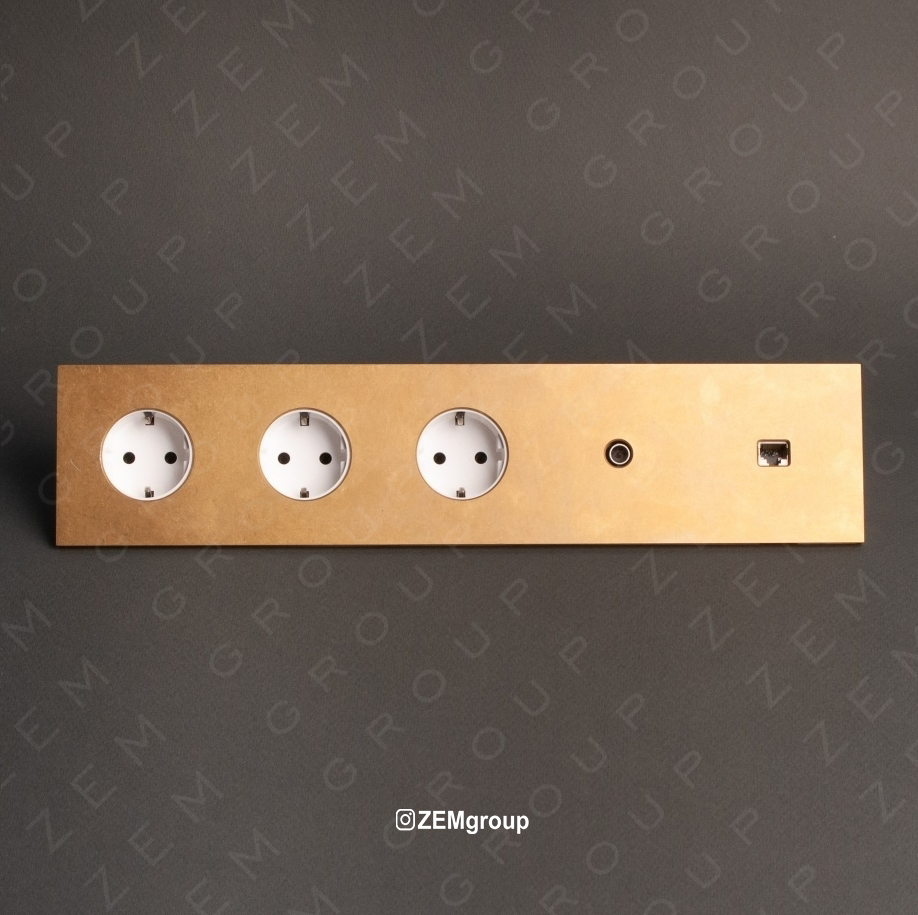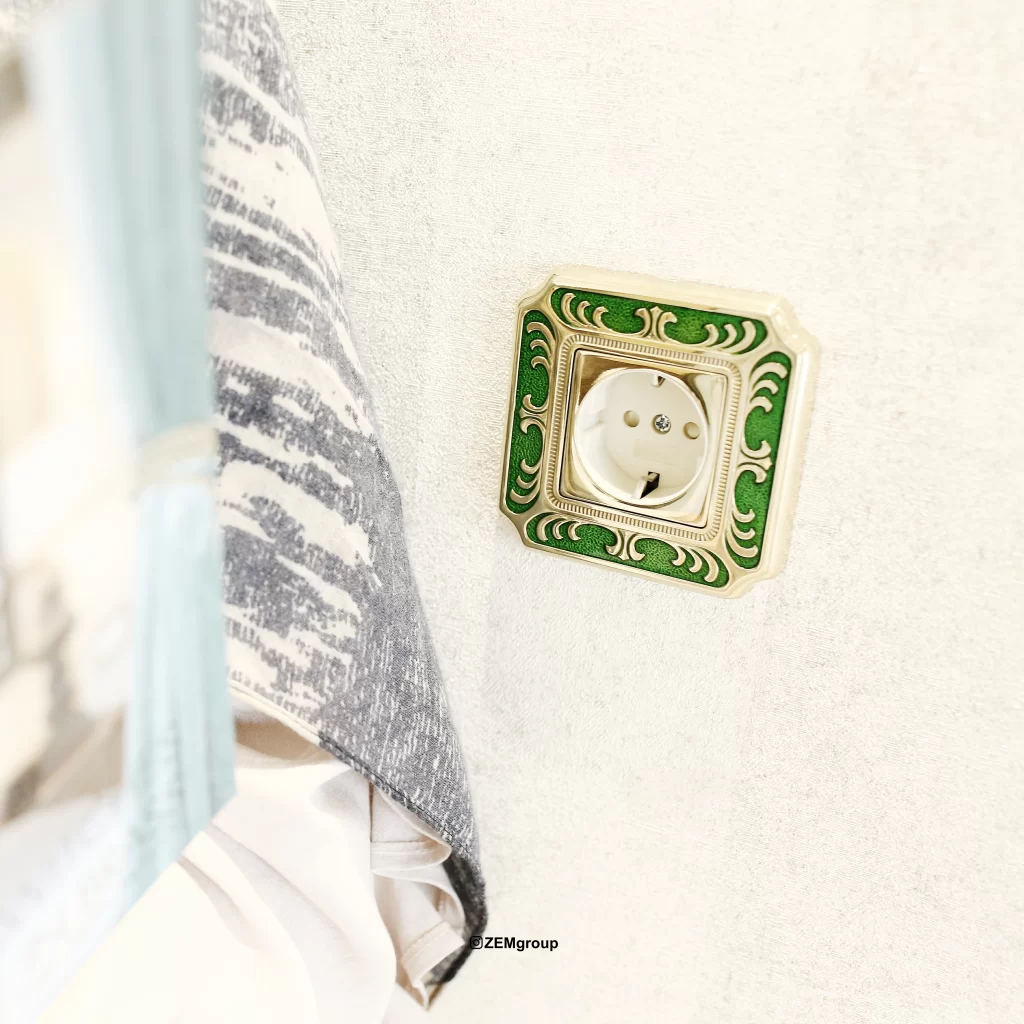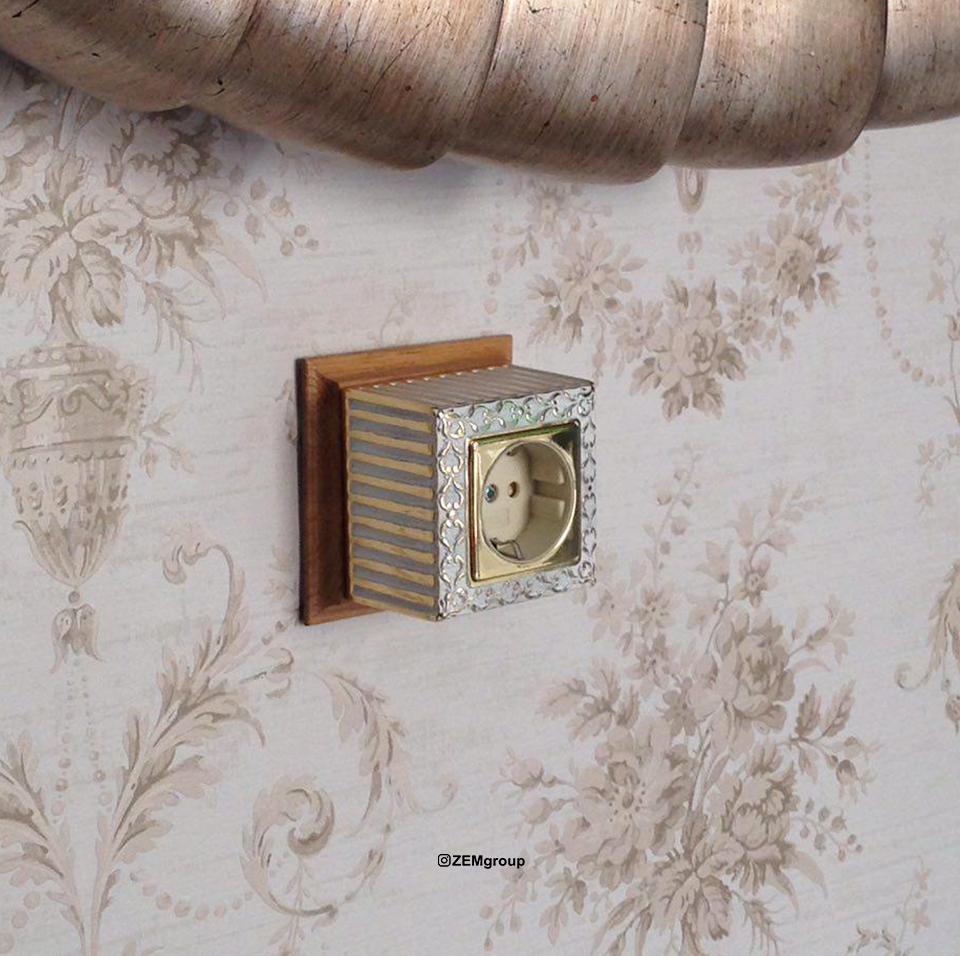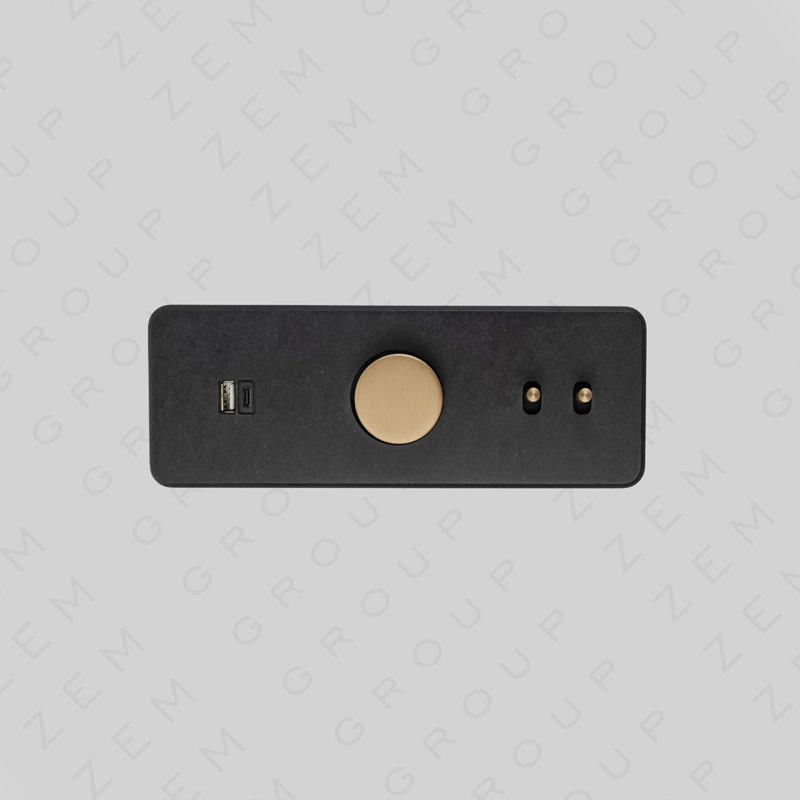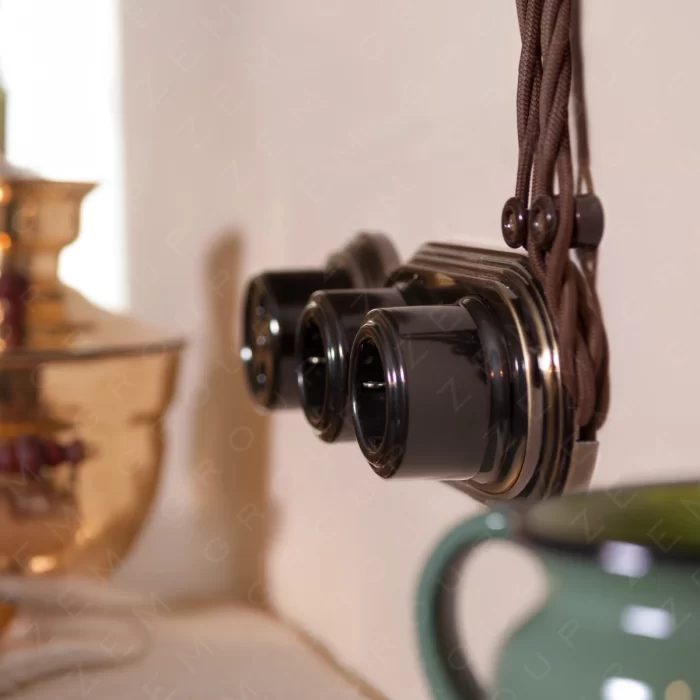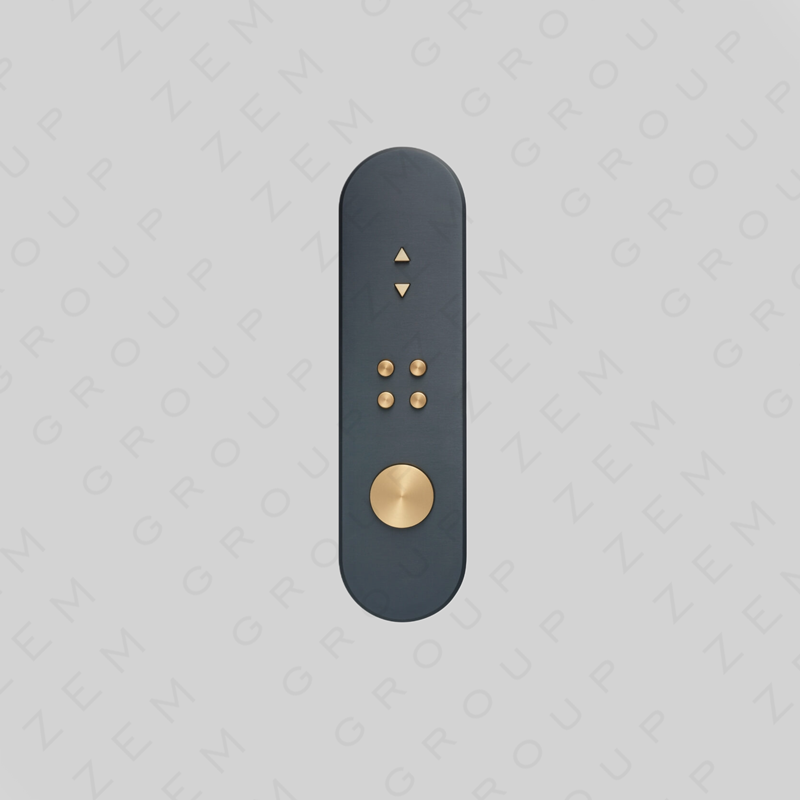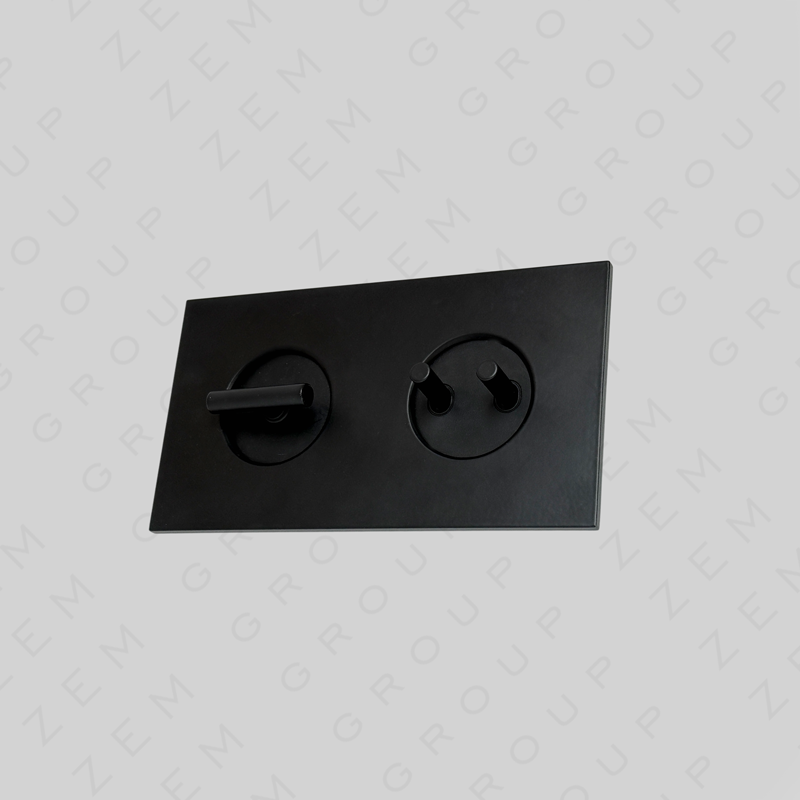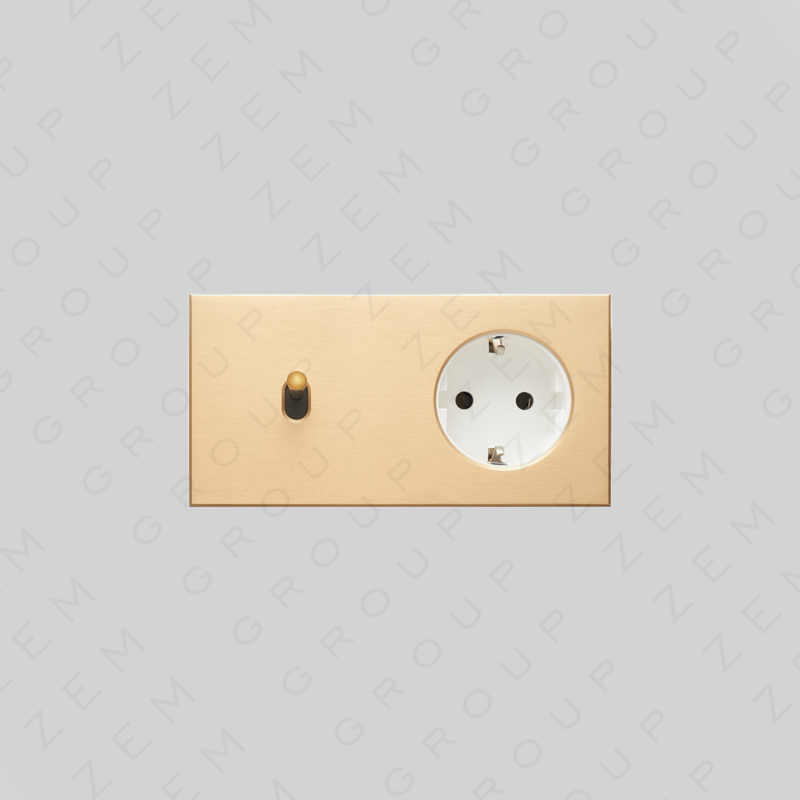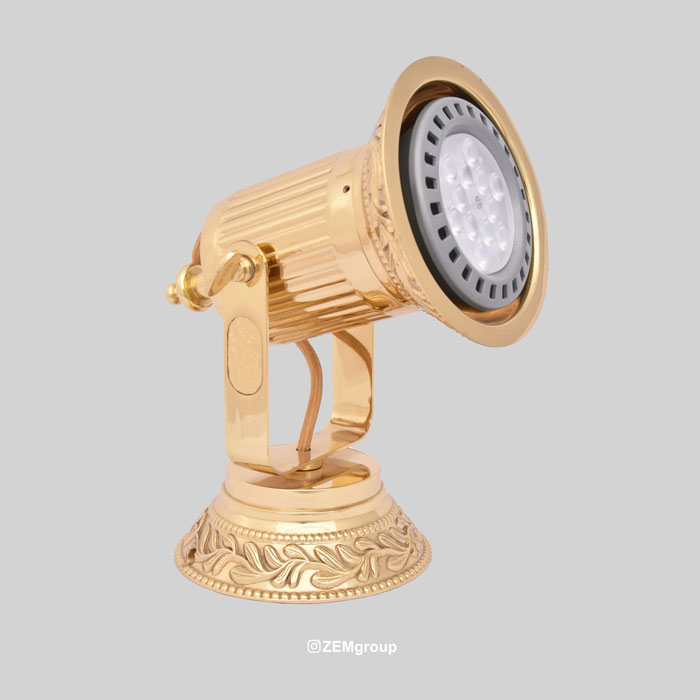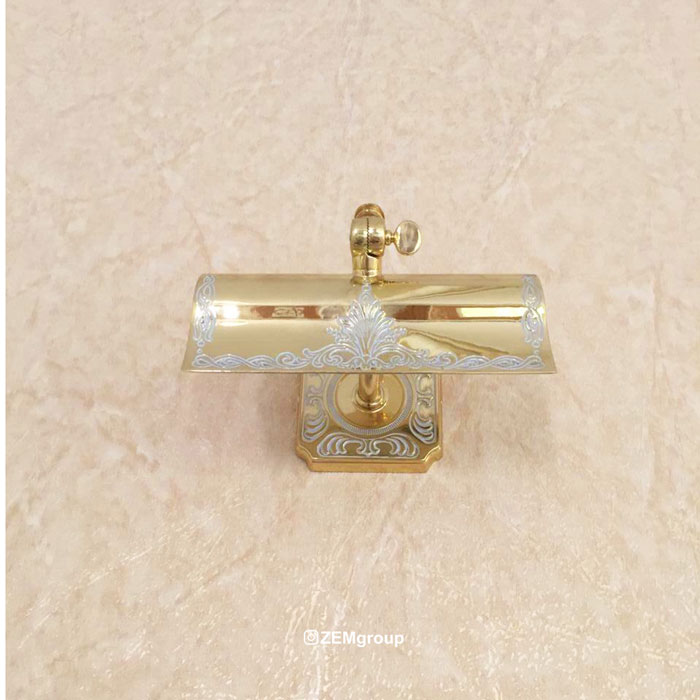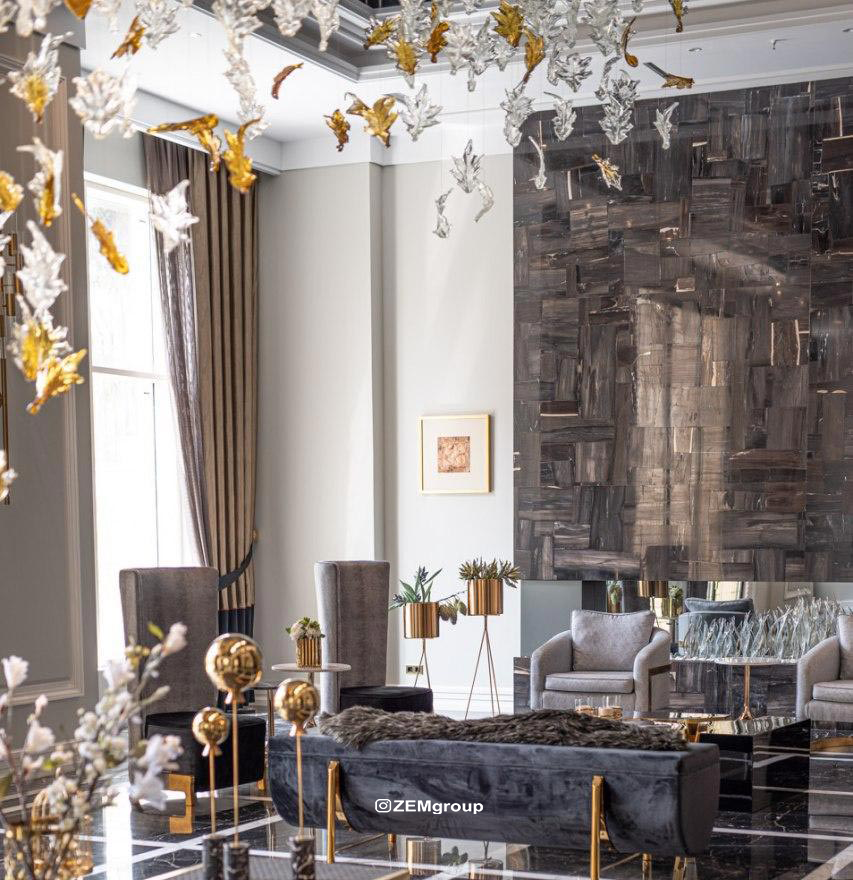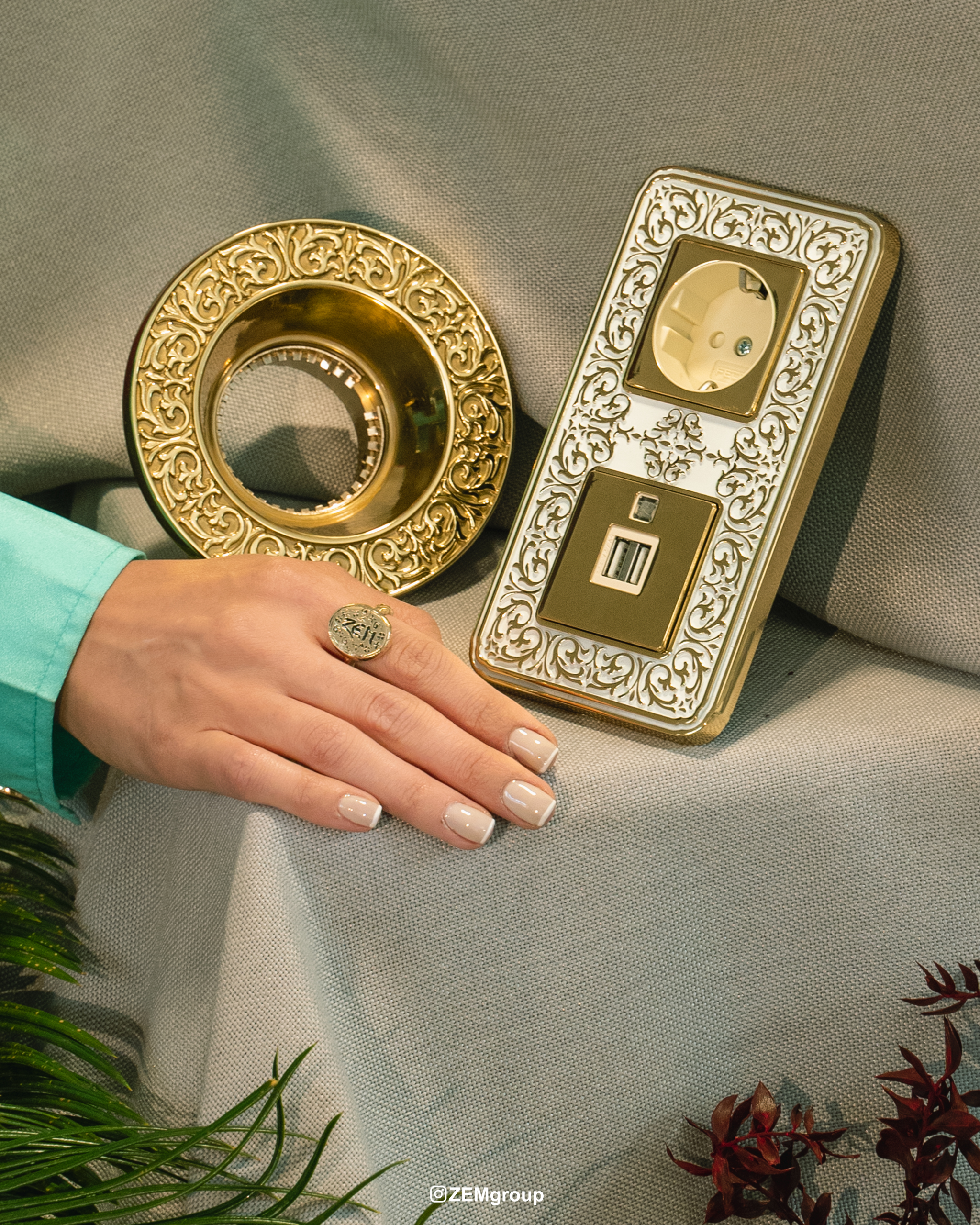Human-Centric Lighting (HCL)
In today’s world, lighting is no longer limited to providing illumination. With scientific and technological advancements, light is now recognized as a tool to enhance human quality of life. One of the emerging and highly practical concepts in this field is Human-Centric Lighting (HCL), which aims to synchronize ambient lighting with human biological and psychological needs.
This article delves into the core concept of human-centric lighting, its impacts on the human body and mind, applications, design principles, and the future of this innovative technology.
What is Human-Centric Lighting?
Human-Centric Lighting refers to a lighting system that actively aligns lighting conditions with the human biological rhythm. It is designed based on the scientific understanding of the Circadian Rhythm, attempting to replicate the natural light pattern throughout the day.
Natural light changes in color, intensity, and angle during the day, influencing the human body. Morning light contains high levels of blue wavelengths that increase alertness and focus, while evening light shifts toward red tones, promoting melatonin production and preparing the body for sleep.
With modern technology, HCL dynamically adjusts ambient lighting throughout the day to provide positive psychological and physiological effects.

Effects of Human-Centric Lighting on Body and Mind
- Regulating Circadian Rhythm
The circadian rhythm controls sleep, wake cycles, energy levels, and even hormone production. Inappropriate lighting disrupts this rhythm, potentially leading to insomnia, reduced concentration, and psychological issues. HCL helps maintain the natural rhythm by mimicking daylight changes. - Improving Sleep Quality
Exposure to blue light at night can suppress melatonin and reduce sleep quality. HCL reduces blue light in the evening by using warmer tones, fostering a better sleep environment. - Enhancing Focus and Mental Performance
In work or learning environments, HCL boosts alertness and productivity. Bright, cool light during working hours sharpens focus and reduces fatigue. - Improving Mood and Mental Health
Light can influence emotions. HCL can help reduce seasonal depression, anxiety, and stress while enhancing a sense of well-being and calmness in a space.
Applications of Human-Centric Lighting
- Office Spaces
HCL improves employee productivity and prevents early fatigue by allowing dynamic adjustment of light intensity and color temperature according to working hours. - Residential Spaces
It transforms homes into relaxing environments. Warm light in the evening supports better sleep, while bright, cool morning light energizes the start of the day. - Educational Institutions
Schools and universities can use HCL to enhance student focus and learning. Adjusting lighting according to class times improves motivation and performance. - Hospitals and Healthcare Facilities
HCL plays a significant role in improving patient well-being, reducing stress, and supporting rest and sleep in healthcare environments. - Hotels and Hospitality
In hotels, HCL creates a more pleasant experience for guests, promoting relaxation and comfort.
Key Principles of Human-Centric Lighting Design
- Tunable White Technology
Using lighting fixtures with adjustable color temperatures is fundamental. Color temperature shifts from cool to warm throughout the day to align with human biology. - Dimming Control
Adjustable light intensity based on time of day, activity, and user preference is essential for effective HCL. - Smart Control Systems
Utilizing sensors, timers, and smart systems for automatic light adjustment enhances HCL’s functionality. Centralized control systems allow pre-programmed lighting settings. - Integration with Interior Design
HCL should be harmonized with interior design, materials, and colors to maximize its visual and emotional impact.
Technologies and Products for Human-Centric Lighting
- Tunable White LED Fixtures
Capable of shifting from 2700K (warm light) to 6500K (cool light), these LEDs enable practical HCL implementation. - Smart Lighting Control Systems
Protocols like KNX, DALI, Zigbee allow precise control over lighting in various projects. - Lighting Management Software
Applications for scheduling, scene creation, and remote control help users customize their lighting environments. - Light and Motion Sensors
Sensors that detect ambient light levels or human presence automatically adjust lighting as needed.
Challenges and Barriers to Implementing HCL
- High Initial Costs
The upfront investment for smart systems and specialized fixtures can be a hurdle. - Need for Specialized Knowledge
Proper design and execution require expertise in lighting, human biology, and smart technologies. - User Training
End-users must be educated on how to utilize HCL systems effectively. - Maintenance and Updates
Smart systems need regular maintenance and software updates to maintain optimal performance.
The Future of Human-Centric Lighting
As smart technologies advance and society seeks higher living standards, HCL is expected to become integral to architectural design. Predictions include:
- Greater integration with smart home systems
- Lower production costs and wider accessibility
- Advancements in LED and wireless control technologies
- Expansion into public and urban spaces
HCL is more than a passing trend — it represents a bright future in interior design, architecture, health, and well-being. By applying scientific principles and leveraging smart technologies, designers can create spaces that are not only beautiful and modern but also enhance residents’ quality of life.
Don’t just see light as a tool for illumination; turn it into a means of improving life.
Comprehensive Guide for Architects, Designers, and Modern Users — with ZEMGROUP Products
ZEMGROUP’s human-centric lighting projects offer a range of switches, sockets, downlight frames, and lighting control systems that meet the needs of modern and smart environments. Here are key products suitable for HCL projects:
- Touch and Smart Switches
- Suitable for dimming control and color temperature adjustment of LED fixtures
- Integration with smart systems for programmable lighting schedules
- Dimmers
- Allow manual light intensity adjustment for the perfect ambiance at different times
- Stylish designs compatible with modern interiors
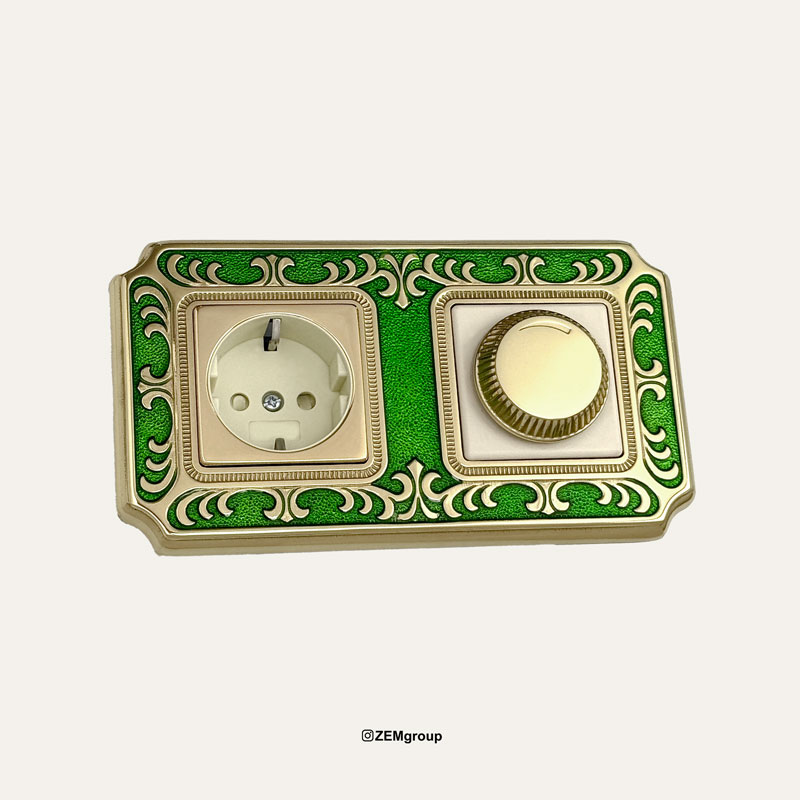
- Classic and Modern Downlight Frames
- Compatible with tunable white LED lamps
- Variety of designs (brass, metal, modern) for luxury and classic projects
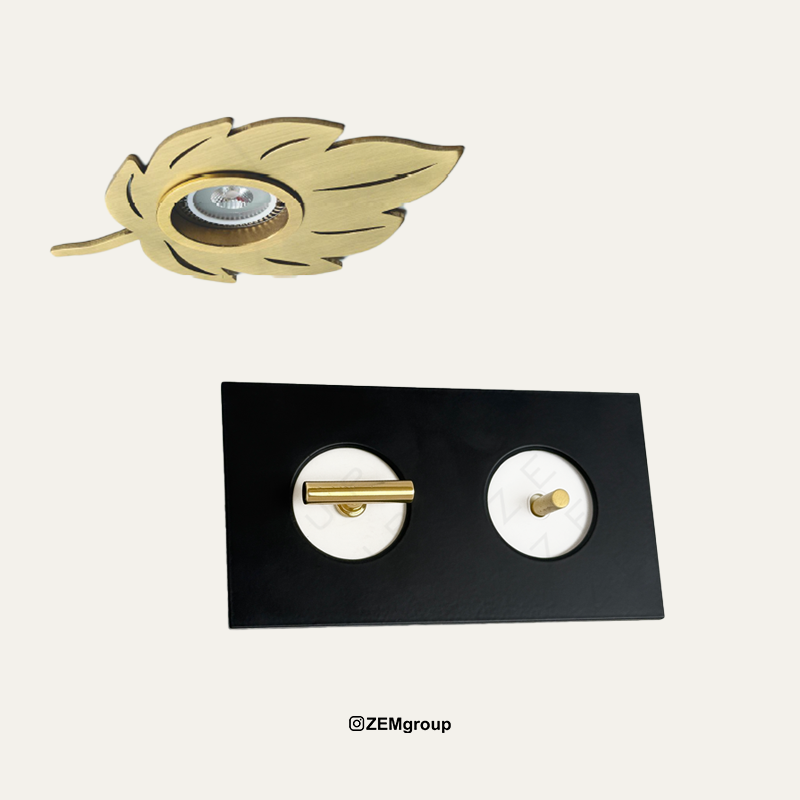
- Smart-Connectable Switches
- Central lighting control for smart home projects
- Integration with other smart devices for custom lighting scenarios
Practical HCL Scenarios with ZEMGROUP Products
- Morning Scenario — Energizing Start
- Use dimmers for gradual increase of cool white light in the morning
- Modern downlight frames with tunable LEDs for full illumination in kitchens or workspaces
- Midday Scenario — Boosting Focus at Work or Home
- Program smart switches to maintain neutral white light at high intensity
- Integrate smart switches with home automation for optimal work lighting
- Evening Scenario — Preparing for Rest
- Gradually dim lights using dimmers in living rooms or bedrooms
- Set warm, soft lighting to reduce mental stimulation
- Night Scenario — Relaxed and Sleep-Ready Ambiance
- Gradual light-off using smart switch timers
- Soft, warm hallway or bedroom lighting with yellow-toned downlights
- Smart Home Scenario — Full Lighting Control
- Define lighting scenes via app-connected smart switches
- Adjust color temperature and intensity based on activities (work, relaxation, parties)
With these scenarios, human-centric lighting not only enhances quality of life but also brings a modern, smart-living experience to users.
Frequently Asked Questions (FAQ)
- Can I implement Human-Centric Lighting with ZEMGROUP switches and sockets?
Yes! ZEMGROUP’s smart switches and dimmers allow light intensity control. Plus, with smart home systems, you can manage light schedules and fully benefit from HCL. - What type of lights are best for Human-Centric Lighting?
LED lights with Tunable White capability are ideal. You can combine them with ZEM downlight frames for functionality and aesthetic appeal. - How do ZEM dimmers contribute to Human-Centric Lighting?
ZEM dimmers let you adjust light intensity based on time of day — for example, bright light in the morning for alertness and soft light at night for relaxation. - Does Human-Centric Lighting require expensive equipment?
Not necessarily. You can start with ZEM dimmers or smart switches and tunable LED bulbs. Advanced smart systems offer more features, but ZEM products provide a great starting point. - Where is Human-Centric Lighting most effective?
- Homes (living rooms, bedrooms, kitchens)
- Offices and workspaces
- Hotels and accommodations
- Clinics and healthcare centers
- Educational institutions and schools
- Does ZEMGROUP offer products compatible with smart systems?
Yes! ZEM offers smart switches and dimmers compatible with various smart home protocols, making them ideal for HCL projects.
